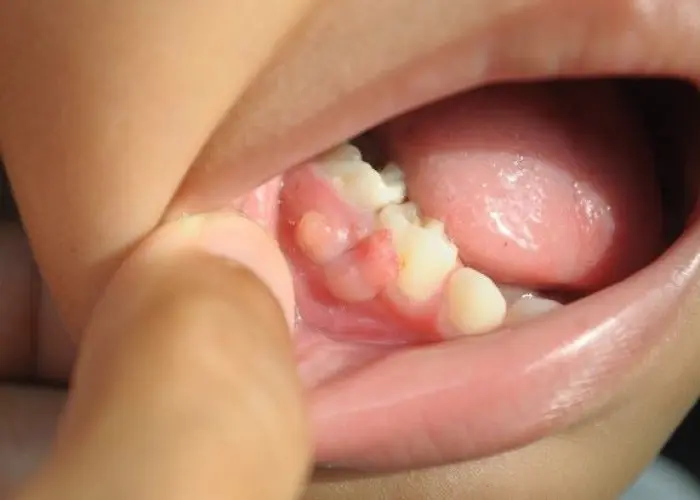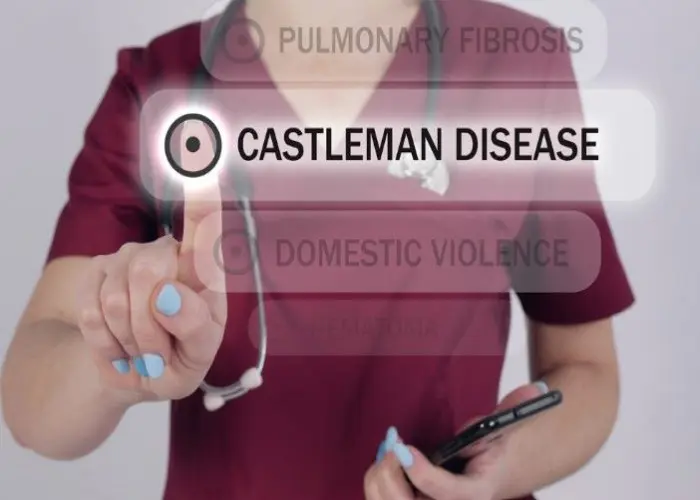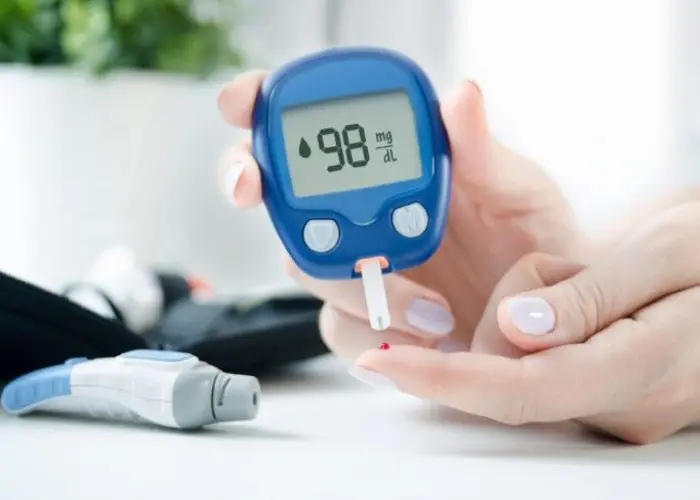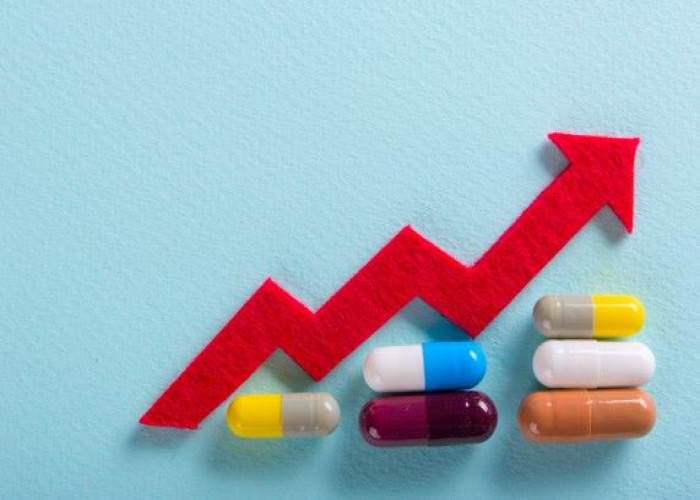 Welcome
Welcome
“May all be happy, may all be healed, may all be at peace and may no one ever suffer."
Growing pains

Growing pains are a common condition in children, typically between the ages of 3 and 12 years old, but can occur in adolescence as well. Despite their name, growing pains are not directly caused by the growth of bones, but are believed to be related to a child's activity level.
Growing pains are characterized by aching or throbbing pain in the legs, usually in the front of the thighs, the calves, or behind the knees. The pain typically occurs in the late afternoon or evening and can last from minutes to hours. The pain may be accompanied by mild swelling or redness, but there are no other signs of inflammation or injury.
Growing pains are not a serious condition, and they do not cause any long-term harm to the child. The pain can be managed by gentle massage or applying heat to the affected area. Over-the-counter pain relievers, such as acetaminophen or ibuprofen, may also provide relief. Stretching or light exercise may also help alleviate the pain.
If a child is experiencing severe or persistent pain, or if the pain is accompanied by other symptoms, such as fever, swelling, or loss of mobility, it is important to consult with a healthcare professional to rule out other possible conditions.
Research Papers
Disease Signs and Symptoms
- Leg pain
- Knee pain
- Growing pains
Disease Causes
Growing pains
The cause of growing pains is unknown. But there's no evidence that a child's growth is painful.
Growing pains don't usually happen where growth is occurring or during times of rapid growth. It's been suggested that growing pains may be linked to restless legs syndrome. But muscle pain at night from overuse during the day is thought to be the most likely cause of growing pains. Overuse from activities such as running, climbing and jumping can be hard on a child's musculoskeletal system.
Disease Prevents
Disease Treatments
There's no specific treatment for growing pains. Growing pains don't cause other problems, and they don't affect growth. Growing pains often get better on their own within a year or two. If they don't go away completely in a year or so, they often become less painful. In the meantime, you can help ease your child's discomfort with self-care measures, such as massaging your child's legs.
Lifestyle and home remedies
Certain home remedies may ease discomfort:
- Rub your child's legs. Children often respond to gentle massage. Others feel better when they're held or cuddled.
- Use a heating pad. Heat can help soothe sore muscles. Use a heating pad on a low setting before bedtime or when your child complains of leg pain. Remove the heating pad once your child falls asleep. A warm bath before bedtime may help, too.
- Try a pain reliever. Offer your child ibuprofen (Advil, Children's Motrin, others) or acetaminophen (Tylenol, others). Avoid aspirin, due to the risk of Reye's syndrome — a rare but serious condition linked to giving aspirin to children.
- Stretching exercises. Stretching the muscles in the legs during the day may help prevent pain at night. Ask your doctor what stretches might help.
Disease Diagnoses
Disease Allopathic Generics
Disease Ayurvedic Generics
Disease Homeopathic Generics
Disease yoga
Growing pains and Learn More about Diseases

Asthma attack

Nasal and paranasal tumors

Gum Boil

Mastitis

Tension headache

Castleman disease

Klinefelter syndrome

Diabetic hypoglycemia
growing pains, ক্রমবর্ধমান ব্যথা
To be happy, beautiful, healthy, wealthy, hale and long-lived stay with DM3S.
